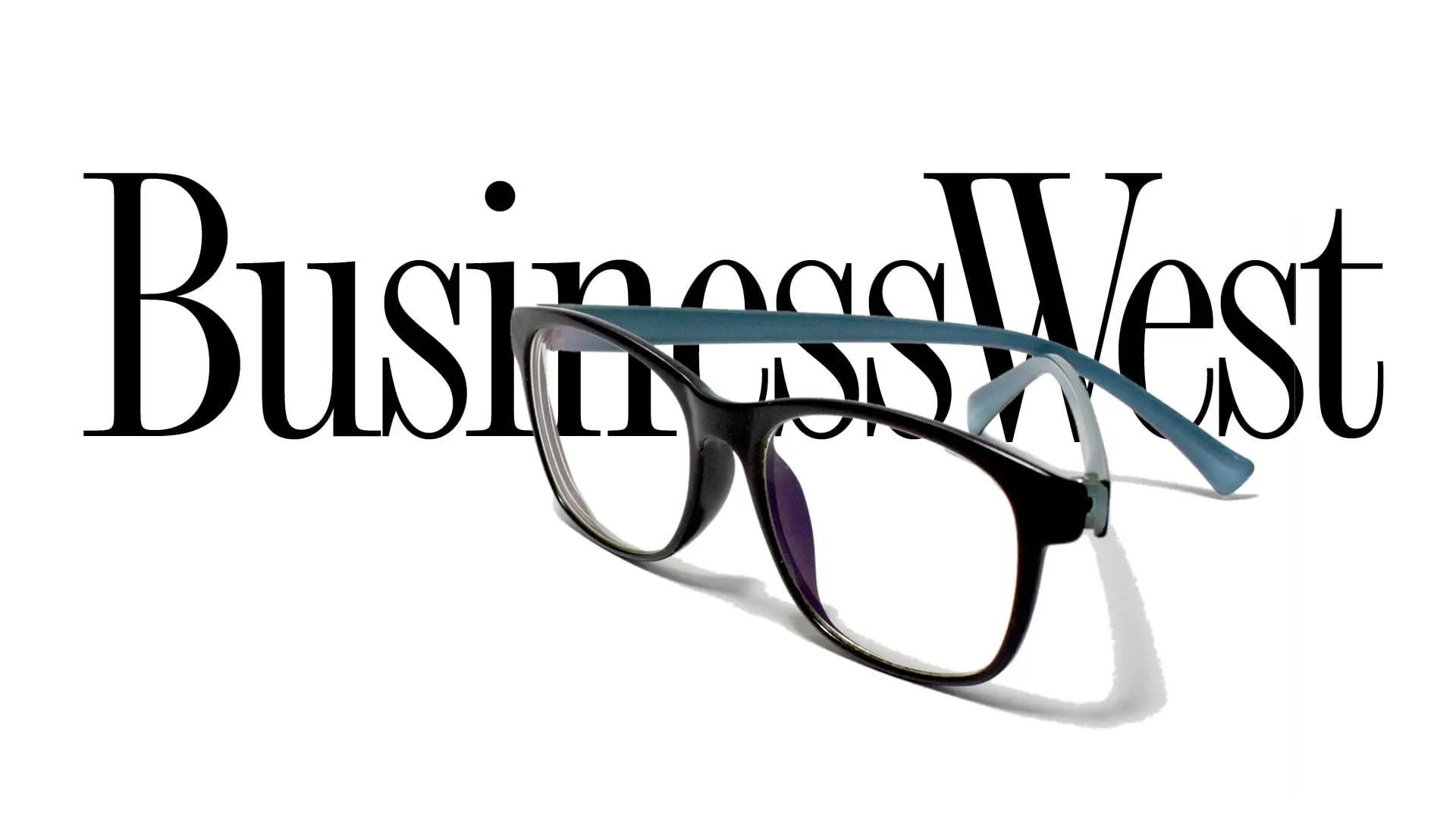Opinion
By Pam Shlemon
In an instance of good intentions gone awry, an effort to hire people because of the skills they possess rather than their college degrees has turned into a concern that certified rehabilitation counselors may not be able to divulge their credentials to clients. That’s not helpful to anyone, especially the clients they serve: people with disabilities.
In January, Massachusetts Gov. Maura Healey signed an executive order requiring the state government to use skill-based hiring practices. That means the state would not ask its job applicants whether they held a college degree, or other advanced certifications, unless it was absolutely necessary for the job, potentially enabling people with relevant experience but not a degree to be hired.
As the leader of a national organization that advocates for people with disabilities, I see the value of skills-based hiring, which would open doors for qualified, motivated workers who may lack a particular degree.
The problem came soon after, with how the Massachusetts Rehabilitation Commission interpreted that order. Commissioner Toni Wolf suggested limitations on how the state’s certified rehabilitation counselors, or CRCs, use and disclose their certification to their clients.
That is a problem. Reducing the emphasis on credentials while hiring is one thing, but trying to erase their importance while performing the job is misguided. CRCs get their credentials from the organization I lead, the Commission on Rehabilitation Counselor Certification. The certification is the national gold standard in the field of rehabilitation counseling for people with disabilities, and it leads to proven better outcomes. Indeed, the Massachusetts Division of Professional Licensure asks for proof of the certification to become a licensed rehabilitation counselor.
Certification for CRCs serves as a quality guarantee, an assurance for a person with a disability that their counselor has the skills, knowledge, and ethical standards to help clients live as fully and independently as possible. A CRC is required by their certification to focus on what the client can and wants to do in their life, and is trained to work toward those goals. The nationally accredited certification is the result of rigorous training, comes with a 50-page code of ethics, and is not lightly granted.
In this field, as in many professions, credentials are important. You trust a certified public accountant, not a bookkeeper, with accounting skills. You bare your soul to a licensed mental-health professional, not someone familiar with some aspects of mental health. When you need surgery, you rely on board-certified surgeons and anesthesiologists, not someone knowledgeable in human anatomy but unlicensed to practice. This is true as well with rehabilitation counseling.
Favoring just skills at the expense of credentials is risky in the field of rehabilitation counseling. The training, the degree, and, most importantly, the certification verify that they know what they are doing. A person hiring a rehabilitation counselor would want to be sure they could do the work, avoid unintentional harm, give accurate information, and not take shortcuts, like referring clients to mediocre employment opportunities misaligned to their skillset or failing to account for their functional limitations. The certification held by a CRC provides that assurance.
A CRC, for example, is committed to helping a person with disabilities find and keep a high-quality job that suits them and bolsters their independence, not just any job. We work with a vulnerable population. The certification is acknowledgement of that and serves as a promise that CRCs never forget their obligations to this population.
Being barred from divulging their credentials hurts the CRCs, too. It’s demoralizing and frustrating to be unable to speak about their qualifications. It’s an erasure of their professional identities.
I have no quarrel with Gov. Healey’s move toward skills-based hiring, which is beneficial to many people in many fields. We at CRCC favor legislation that increases access to certification, including the Tomorrow’s Workforce Coalition, which advocates for workforce-development policies that open up funding for certifications, including the CRC.
Commissioner Wolf’s track record is long and admirable. This is certainly a case of a move made with good intentions and unintended consequences. I hope the commissioner sees that and steps back from this move.
Pam Shlemon is executive director of the Commission on Rehabilitation Counselor Certification (CRCC), the national organization that sets the national standard for certification and advocates both for the profession and individuals with disabilities.














